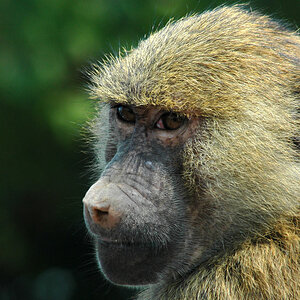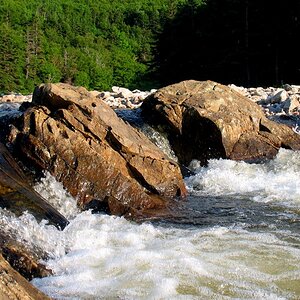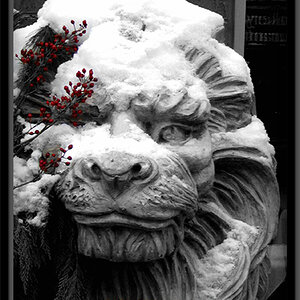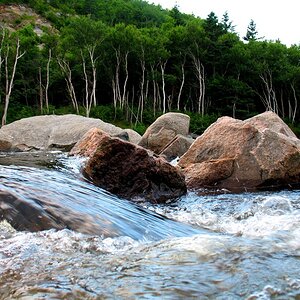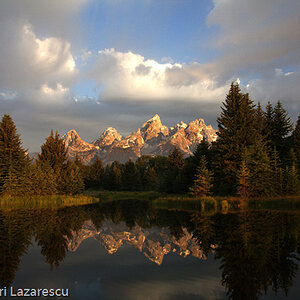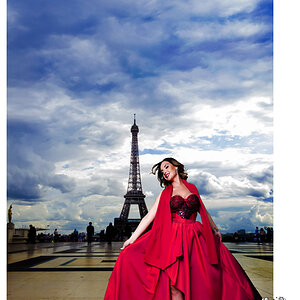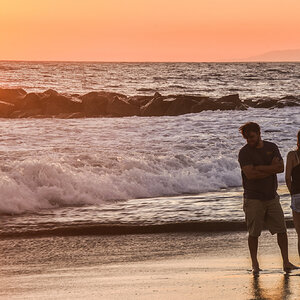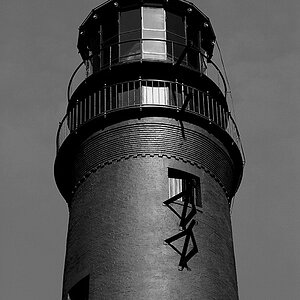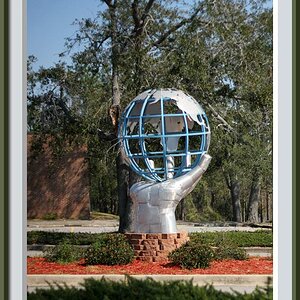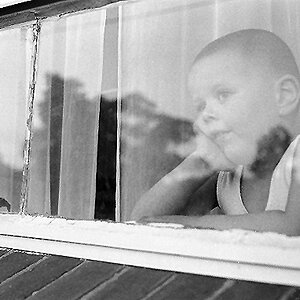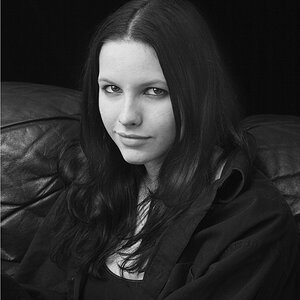jacsul
TPF Noob!
- Joined
- Jan 1, 2009
- Messages
- 136
- Reaction score
- 7
- Location
- Earth
- Can others edit my Photos
- Photos OK to edit
Hello,
I'm trying to figure which mode is better shoot in for night shots. I realize there is a lot of trial & error to find the "Sweet Spot" for and given situation, but I'm new to digital photography, so I'd happy if I can get inside the ball park.
I'm shooting w/ kodak Z1012IS, Which mode should give me optimum results, M, A, or P? High ISO leaves images grainy "noise" that much I've figured out.
This camera doesn't have a raw format, is this necessary for night shooting and something I should take into consideration?
Thanks,
Jack
I'm trying to figure which mode is better shoot in for night shots. I realize there is a lot of trial & error to find the "Sweet Spot" for and given situation, but I'm new to digital photography, so I'd happy if I can get inside the ball park.
I'm shooting w/ kodak Z1012IS, Which mode should give me optimum results, M, A, or P? High ISO leaves images grainy "noise" that much I've figured out.
This camera doesn't have a raw format, is this necessary for night shooting and something I should take into consideration?
Thanks,
Jack


![[No title]](/data/xfmg/thumbnail/42/42067-88a229e814afcfc8848b3e293d8113d9.jpg?1619739998)
